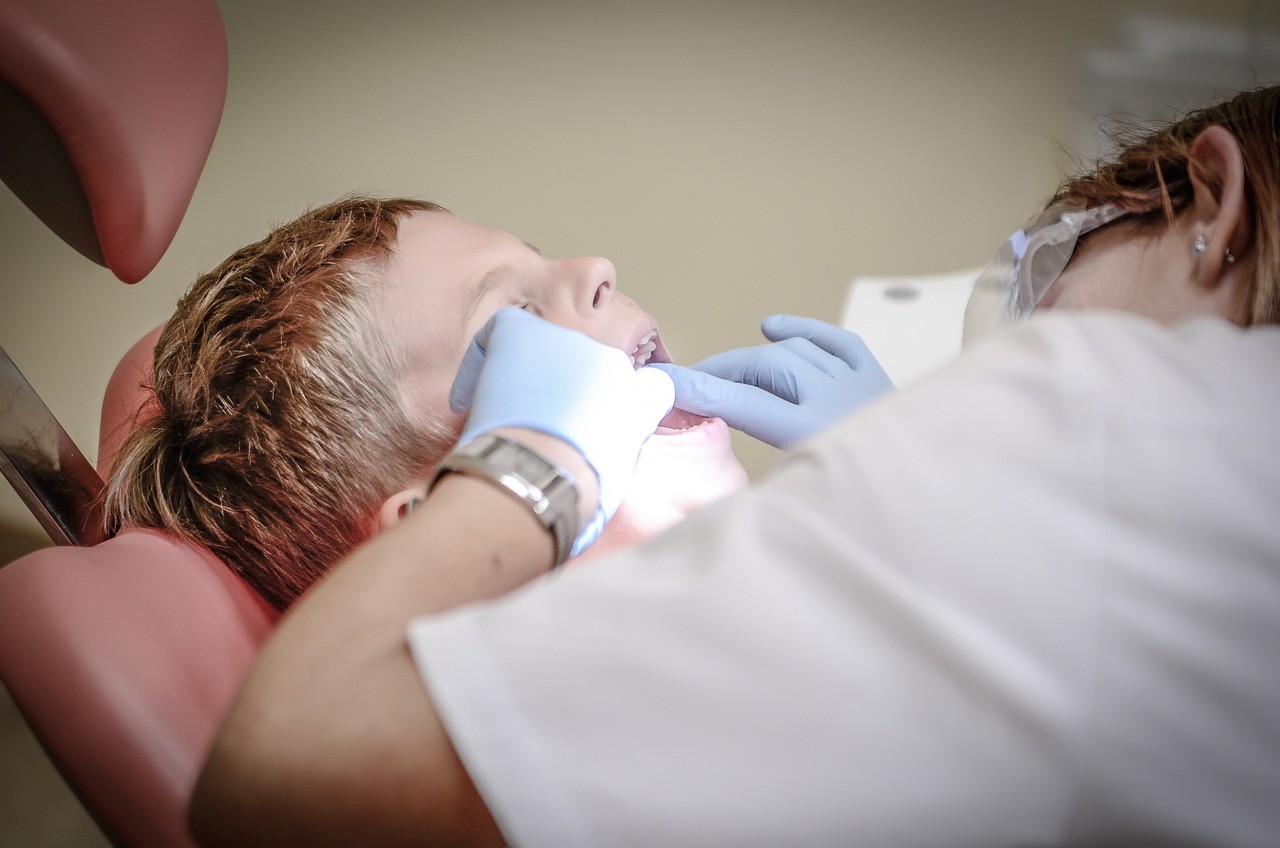
November 29, 2023, 10:32 am
The dental patient journey has evolved significantly in recent years, thanks to the digital age and changing patient expectations. Understanding and optimizing this journey, from the moment a potential patient clicks on your website to their actual chair-side experience, is crucial for building a successful dental practice. In this blog post, we'll map out the modern dental patient journey, highlighting the key stages and discussing strategies to enhance the patient experience at each step.
1. Online Discovery:
The modern patient journey often begins with a click - the moment a potential patient discovers your practice online. This stage is essential for making a positive first impression:
Website Optimization: Ensure your practice website is user-friendly, informative, and mobile-responsive. It should provide essential information about your services, team, and location.
Search Engine Optimization (SEO): Optimize your website for search engines to increase its visibility. High-quality content, relevant keywords, and proper metadata are crucial for better search rankings.
Online Reviews: Encourage satisfied patients to leave positive reviews on platforms like Google, Yelp, or Healthgrades. These reviews can influence potential patients' decisions.
2. Research and Consideration:
Once a potential patient discovers your website, they may delve deeper into research and consideration:
Content Marketing: Create informative and engaging content related to dental health, treatments, and patient testimonials. This not only educates your audience but also establishes your expertise and trustworthiness.
Online Scheduling: Implement an online appointment booking system to make it easy for prospective patients to schedule appointments at their convenience.
Virtual Consultations: Offer virtual consultations for initial discussions, assessments, and questions, catering to patients who prefer remote interactions.
3. Initial Contact:
This stage is where the potential patient makes contact with your practice, either through phone calls, emails, or by scheduling an appointment:
Quick Response: Ensure that your staff responds promptly to inquiries, whether they come through email or phone calls. Speedy responses demonstrate your commitment to patient care.
Warm and Welcoming Reception: Create a welcoming and friendly environment in your practice to make patients feel comfortable from the moment they walk in the door.
4. First Visit:
The first in-person visit is a significant milestone in the patient journey:
Efficient Check-In: Streamline the check-in process by providing forms in advance and offering the option to complete paperwork online.
Comprehensive Examination: Conduct a thorough initial examination and engage the patient in discussions about their oral health and treatment options.
5. Treatment Planning and Education:
Patients appreciate being well-informed about their treatment options:
Visual Aids: Use visual aids, such as intraoral cameras and 3D imaging, to help patients understand their oral health conditions and proposed treatments.
Patient Education Materials: Provide patients with brochures and educational materials that they can take home to study.
Treatment Plan Presentation: Clearly outline the treatment plan, including costs and expected outcomes. Be prepared to answer questions and address concerns.
6. Treatment Delivery:
The chair-side experience is a crucial part of the modern dental patient journey:
Comfort and Communication: Ensure patient comfort and maintain open communication throughout the procedure.
Pain Management: Employ the latest techniques in pain management and sedation to minimize discomfort.
Follow-Up: Schedule follow-up appointments and provide post-treatment instructions to support the patient's recovery.
7. Ongoing Care:
The journey doesn't end after the treatment. It's important to maintain patient engagement and provide ongoing care:
Recall and Follow-Up: Establish a recall system to remind patients of upcoming appointments, cleanings, or follow-up visits.
Continued Education: Share educational content and tips to help patients maintain good oral health between visits.
Solicit Feedback: Encourage patients to provide feedback on their experiences and use this feedback to improve the patient journey.
8. Referrals and Loyalty:
Happy patients are more likely to refer others and become loyal to your practice:
Referral Programs: Implement a referral program to encourage patients to refer friends and family.
Loyalty Benefits: Offer loyalty benefits, such as discounts on future treatments or special offers for long-term patients.
In the modern dental landscape, the patient journey is a dynamic process, influenced by digital touchpoints and patient-centric care. By mapping and optimizing this journey from the initial online discovery to the chair-side experience and beyond, your dental practice can build lasting patient relationships, enhance patient satisfaction, and thrive in today's competitive market.
